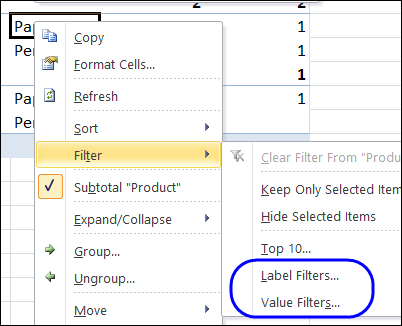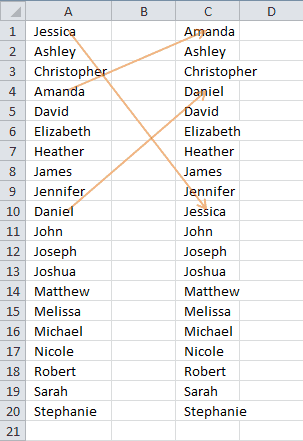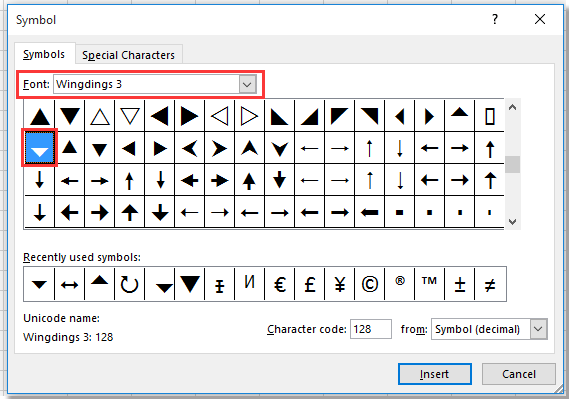Excel: Display Up/Down Arrows. This page is an advertiser-supported excerpt of the book, Power Excel 2010-2013 from MrExcel - 567 Excel Mysteries Solved. If you like this topic, please consider buying the entire e-book. I want to create a VBA macro for Excel 2013 to move the cursor. I am simply re-mapping keyboard shortcuts, e.g. I want to move the cursor down using CTRL+J instead of the down arrow. So I don't need anything fancy, just a simple cursor move. I also want to do this in VBA, so I'm not looking for, e.g., an Excel plugin or add-in or anything like.
gooniegirl180
Board Regular

Excel Vba End Down Arrow



Excel Vba Down Arrow Key
Hi all, got a simple one.
I am doing a macro where I've filtered out the data I don't want,then copy two of the columns of the filtered data into another file.
I navigate to the heading row, then I need to move down one cell, select it AND the cell to it's right, then do an End(xlDown) to get all the data I want to copy.
I've got the moving to the right and the End(xlDown) bit working fine, but I just can't get the macro to move one cell down in such a way that it doesn't matter how many rows above it have been filtered out. If I record the macro with Relative references, it specifies the number of rows to move down (e.g. ActiveCell.Offset(10,0).Range('A1:B1').Select), which works fine this month, but if 15 rows have been filtered out in next month's report, I'm not going to get the right stuff copied.
If I don't use relative references, it just puts in the cell references, which also isn't correct, as it might be B7:C7 this month and B15:C15 next month.
How do I move down one cell down on filtered data? I know this is basic but I just can't find anything!
Thanks!
I am doing a macro where I've filtered out the data I don't want,then copy two of the columns of the filtered data into another file.
I navigate to the heading row, then I need to move down one cell, select it AND the cell to it's right, then do an End(xlDown) to get all the data I want to copy.
I've got the moving to the right and the End(xlDown) bit working fine, but I just can't get the macro to move one cell down in such a way that it doesn't matter how many rows above it have been filtered out. If I record the macro with Relative references, it specifies the number of rows to move down (e.g. ActiveCell.Offset(10,0).Range('A1:B1').Select), which works fine this month, but if 15 rows have been filtered out in next month's report, I'm not going to get the right stuff copied.
If I don't use relative references, it just puts in the cell references, which also isn't correct, as it might be B7:C7 this month and B15:C15 next month.
How do I move down one cell down on filtered data? I know this is basic but I just can't find anything!
Thanks!
